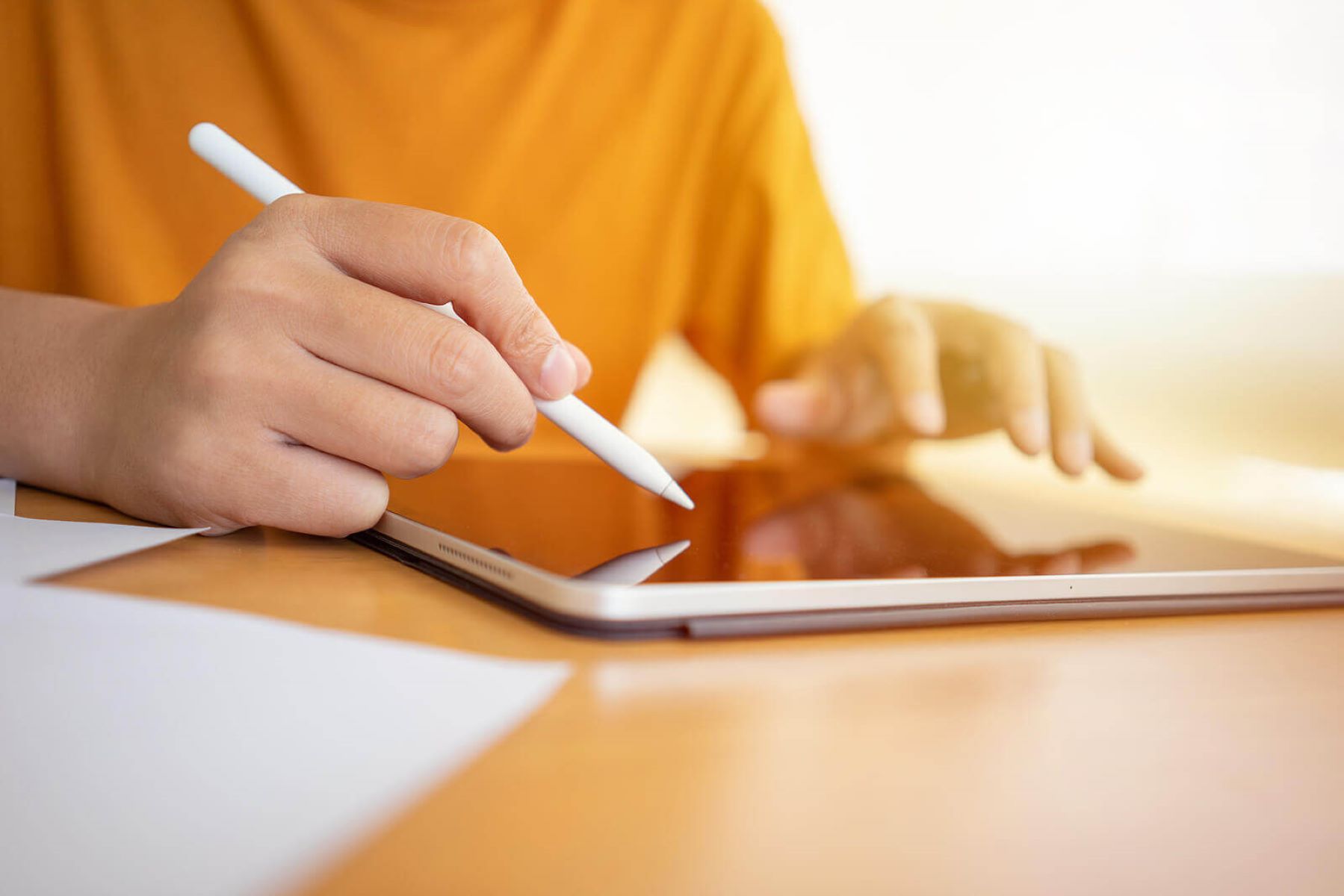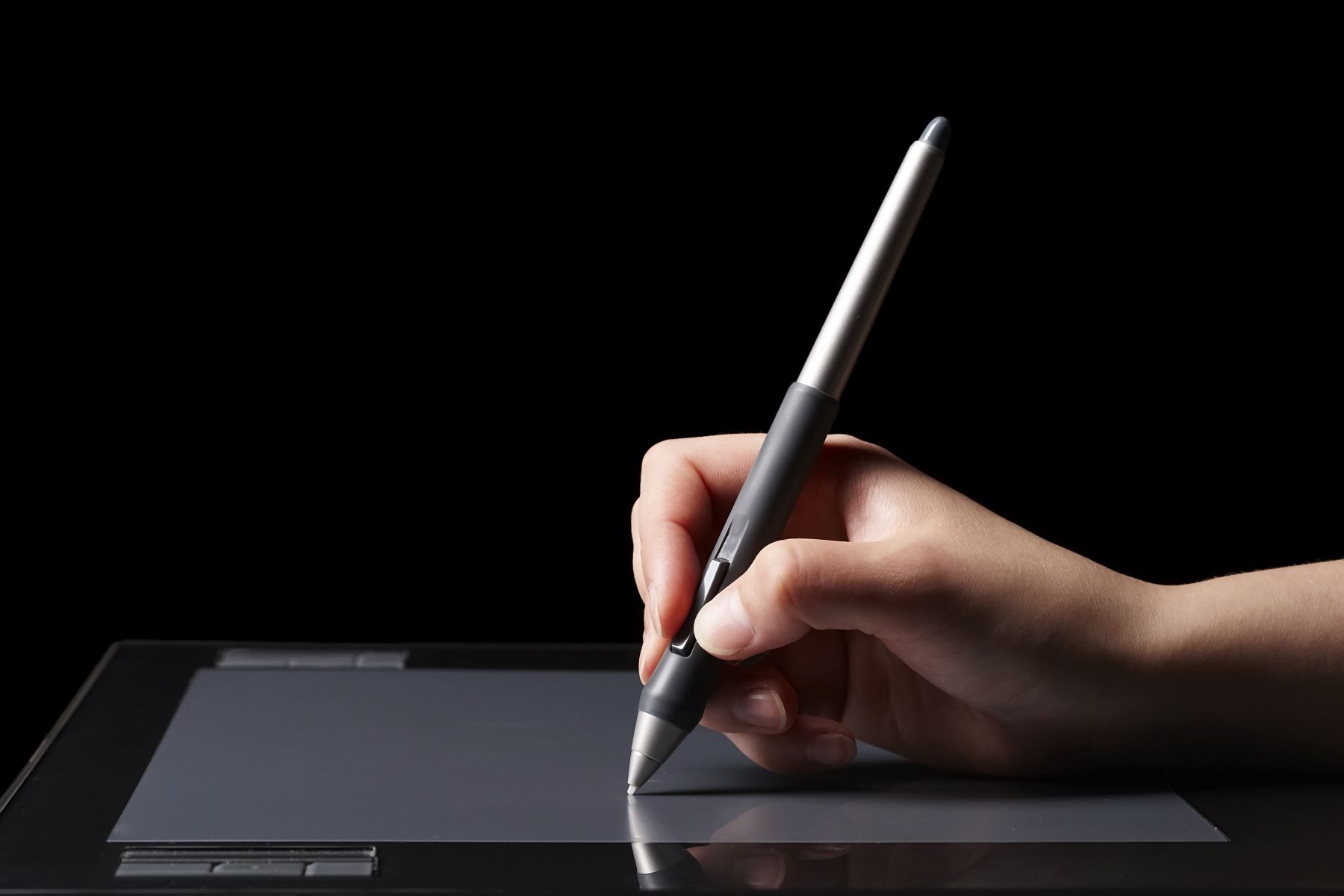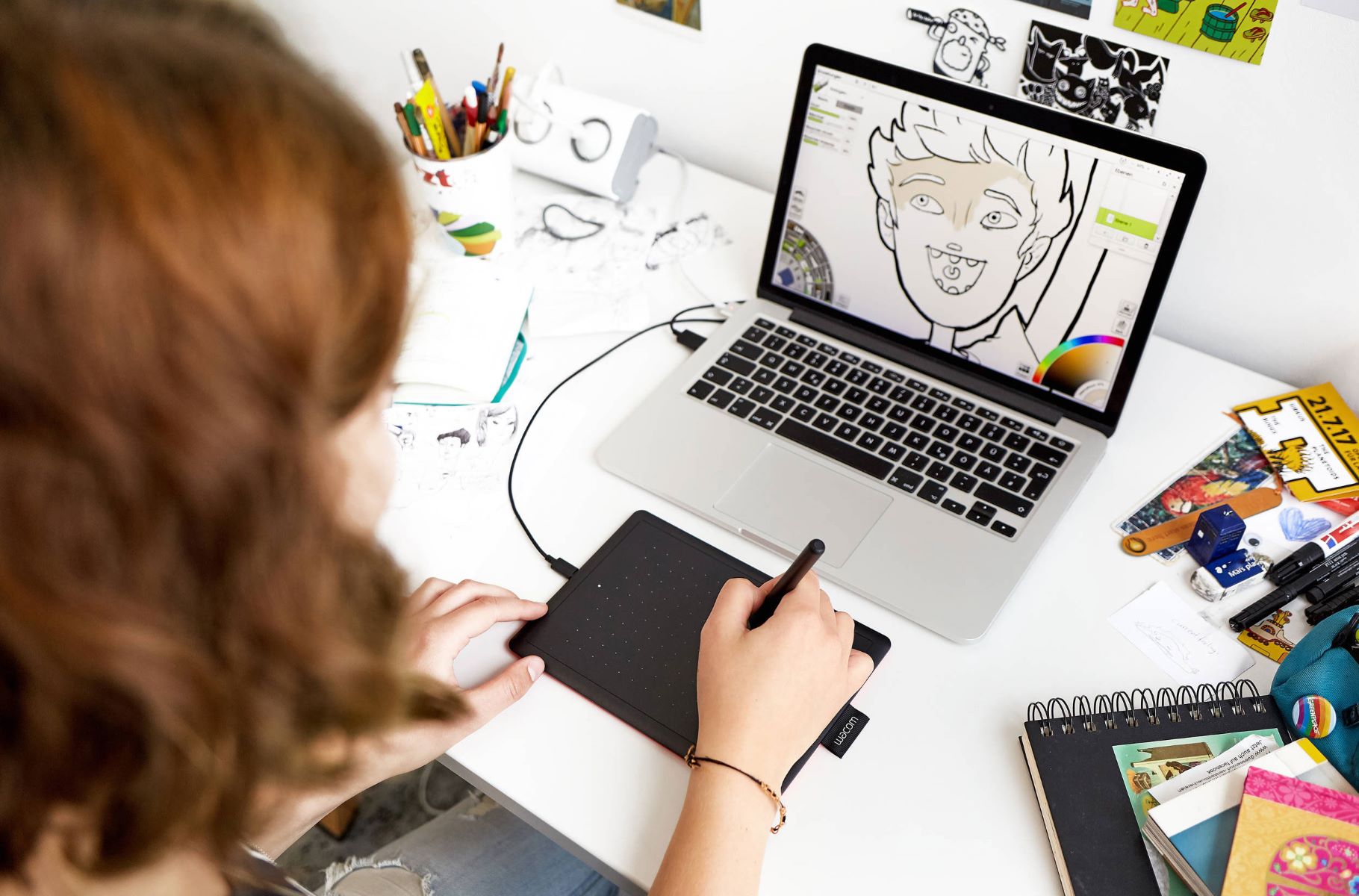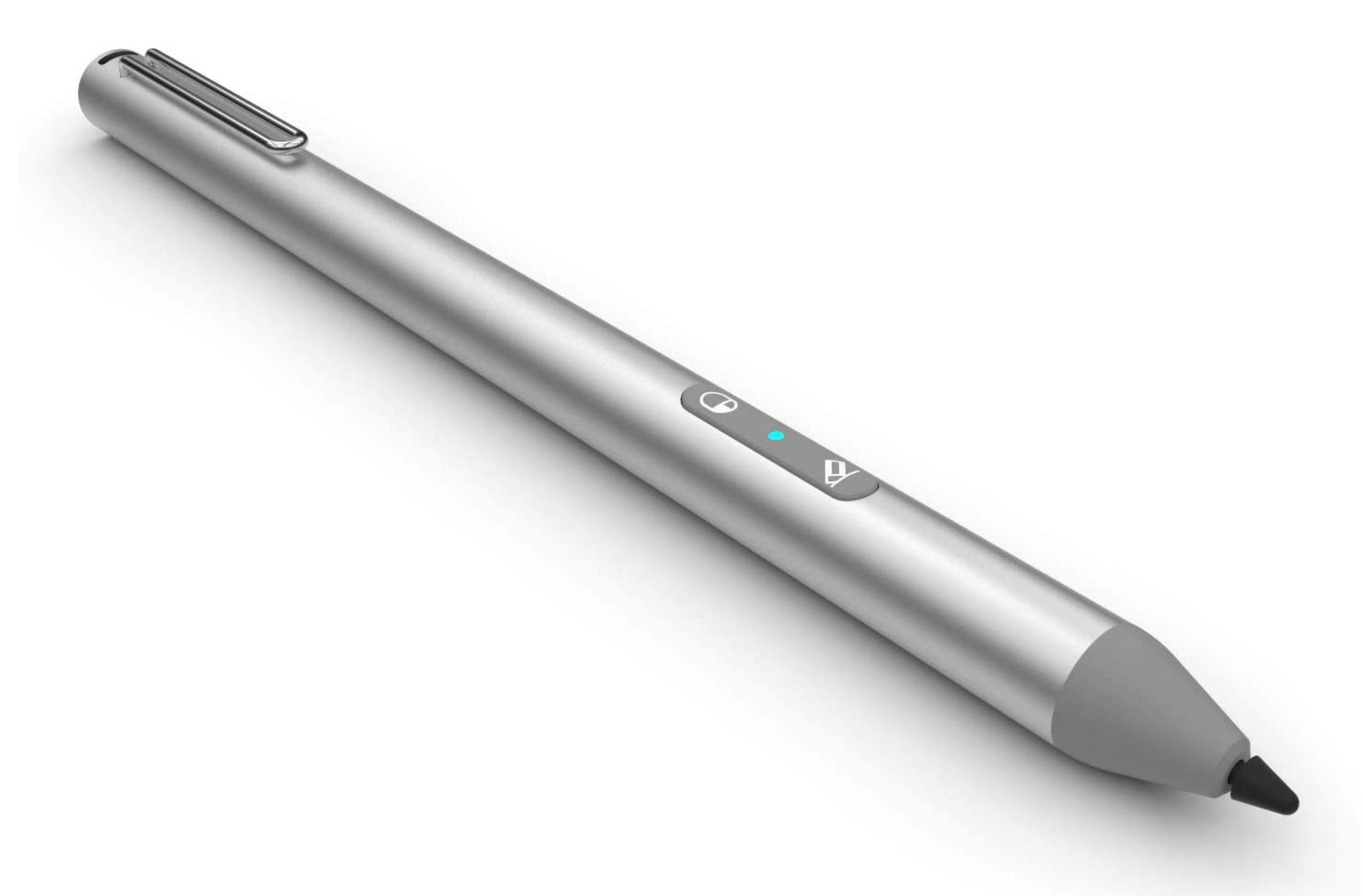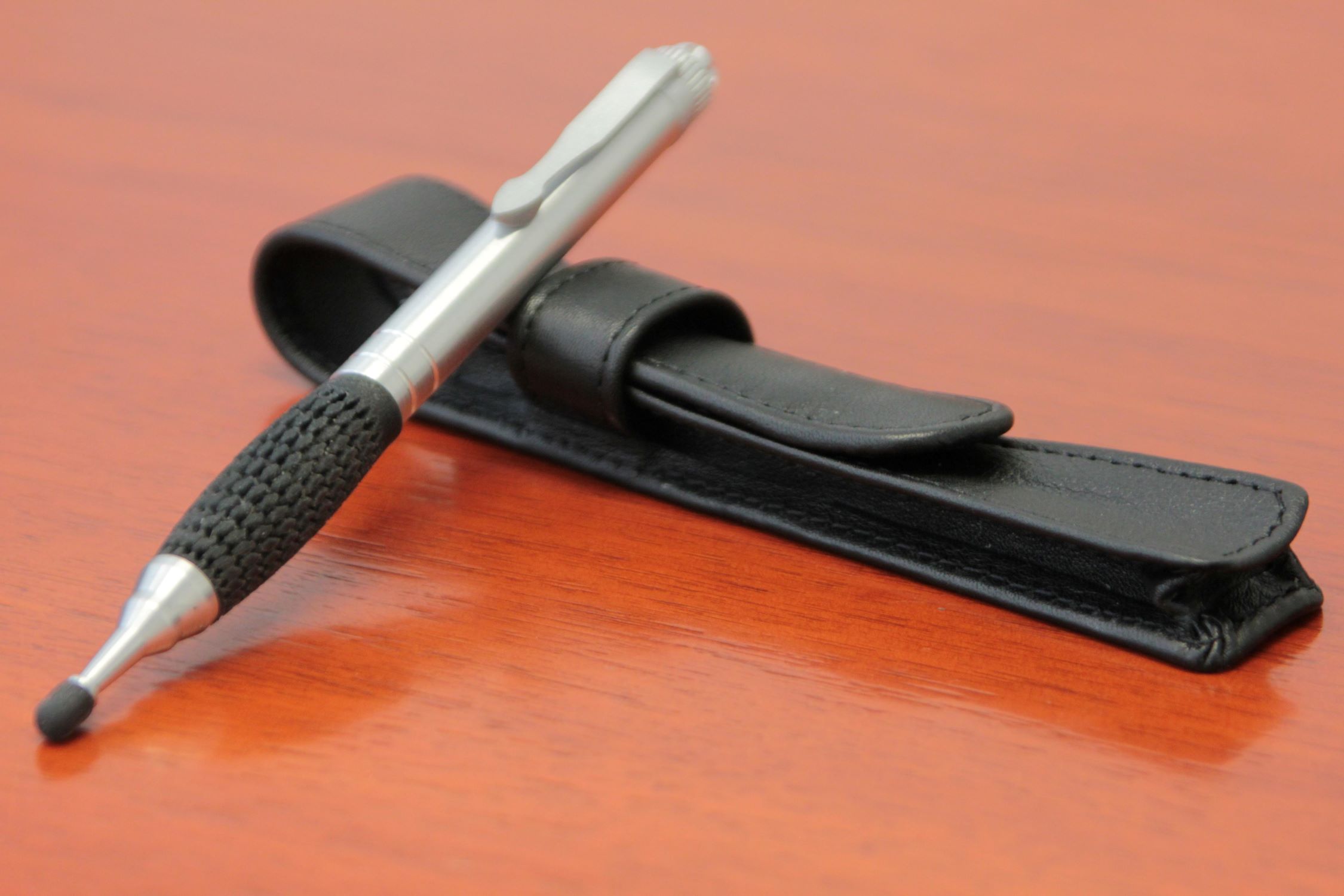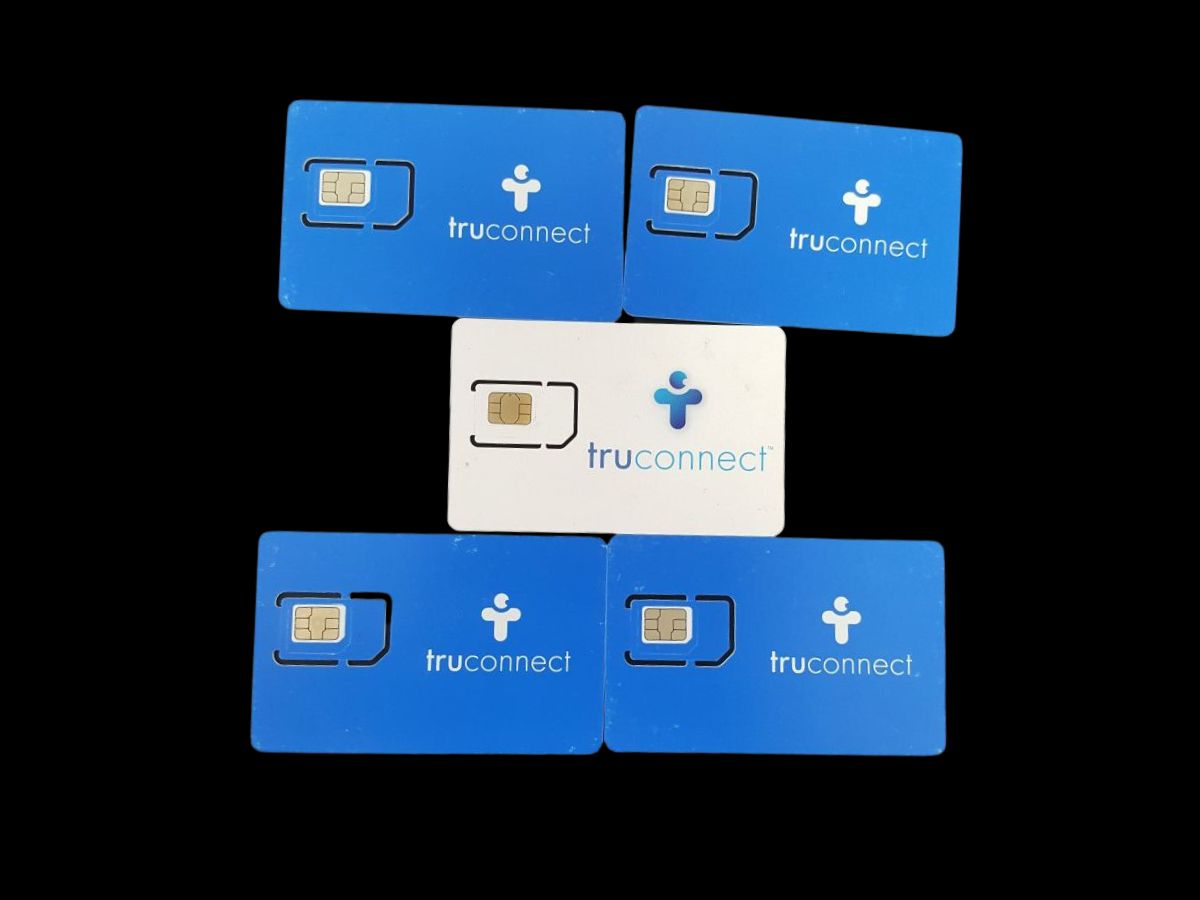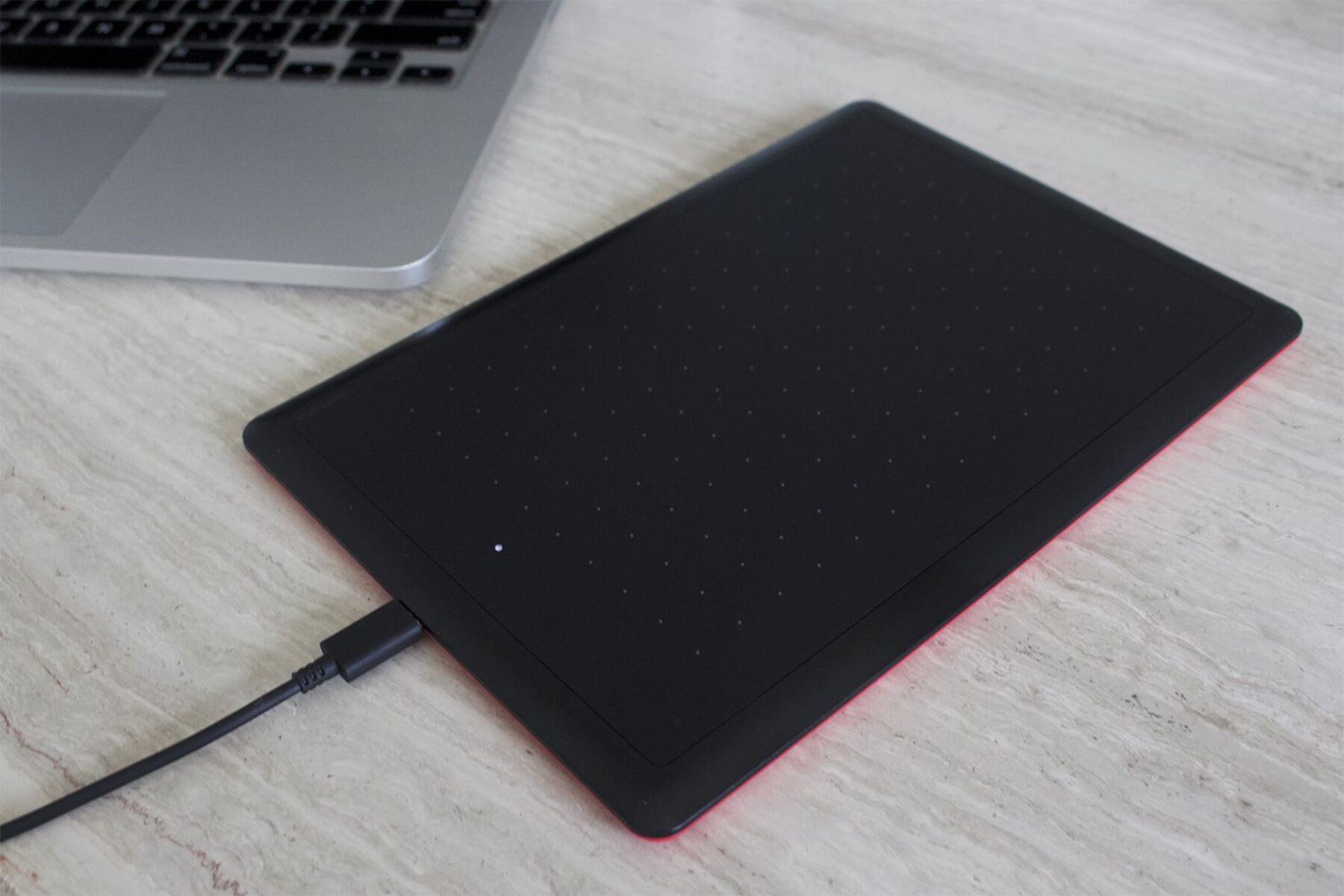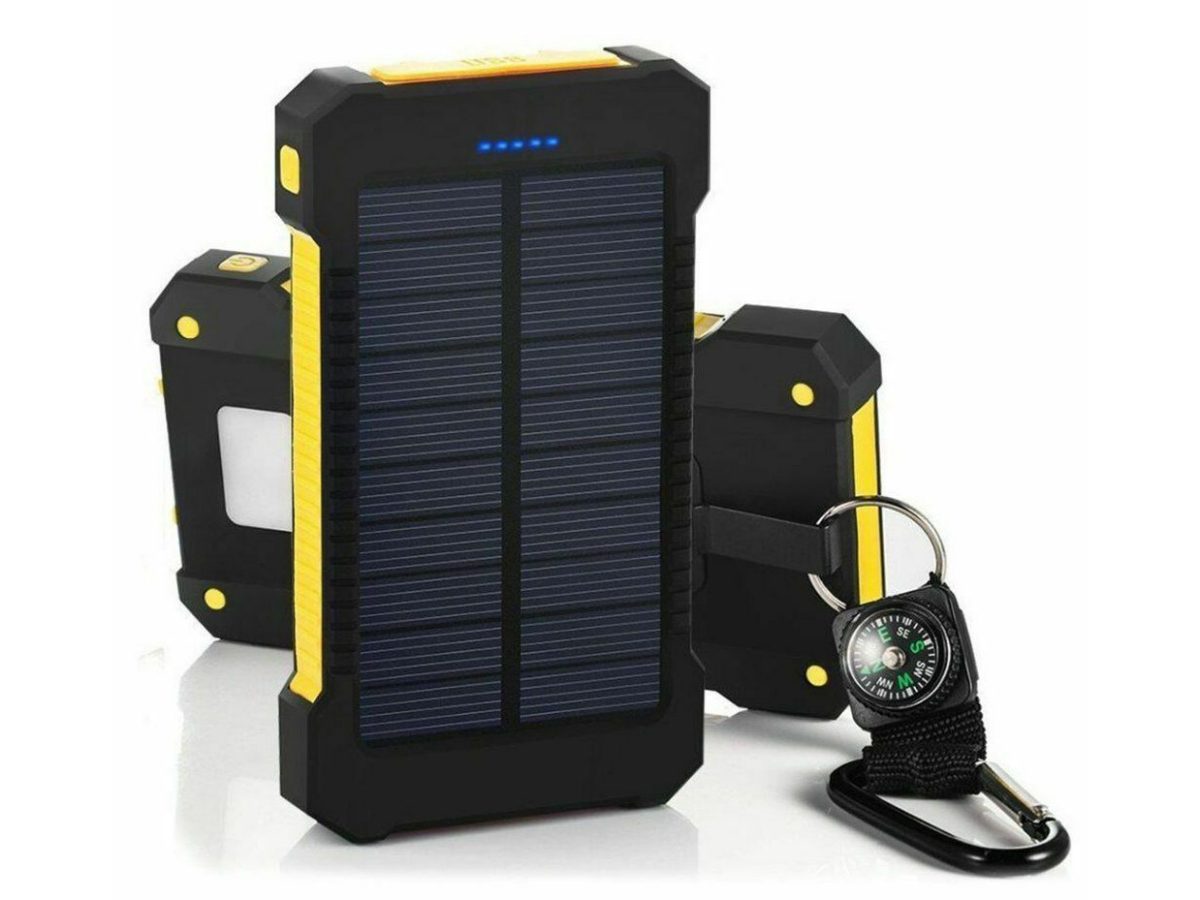What is an Active Stylus?
An active stylus, also known as an active pen, is a digital input device that is used in conjunction with touchscreen devices such as tablets, smartphones, and graphic drawing tablets. Unlike traditional styluses, active styluses incorporate advanced technology to provide a more precise, responsive, and versatile user experience.
Active styluses are equipped with electronic components that enable them to communicate with the touchscreens of compatible devices, allowing for accurate input and enhanced functionality. These styluses are widely used by professionals and creative individuals for tasks such as digital drawing, note-taking, graphic design, and precise on-screen interactions.
Active styluses are designed to mimic the natural feel and precision of traditional pen and paper, offering users a seamless transition from analog to digital mediums. They are available in various shapes and sizes to cater to different user preferences and device compatibility.
These innovative styluses often feature pressure sensitivity, tilt recognition, programmable buttons, and palm rejection technology, making them invaluable tools for artists, designers, students, and professionals across diverse industries.
Active styluses have revolutionized the way users interact with touchscreen devices, providing a level of precision and control that was previously unattainable with standard capacitive styluses. Their advanced capabilities have made them indispensable tools for digital creativity, productivity, and seamless on-screen navigation.
How Does an Active Stylus Work?
An active stylus operates through a combination of advanced technologies to enable precise and responsive input on touchscreen devices. Unlike passive styluses, which rely solely on the conductivity of the tip to register touch input, active styluses incorporate electronic components to enhance their functionality and performance.
One of the key components of an active stylus is a digitizer, which is integrated into the touchscreen of the device. The digitizer is responsible for detecting the position and movement of the stylus on the screen with exceptional accuracy. This allows for precise tracking of the stylus tip, enabling users to create intricate drawings, write with natural handwriting, and navigate the interface with precision.
Additionally, active styluses often utilize electromagnetic resonance (EMR) or active capacitive technology to communicate with the digitizer and the device. EMR technology relies on the interaction between the stylus and the electromagnetic field generated by the digitizer, enabling precise tracking and pressure sensitivity. On the other hand, active capacitive styluses use a combination of capacitive sensors and electronic circuitry to transmit input signals to the device, offering similar levels of accuracy and responsiveness.
Furthermore, many active styluses feature pressure sensitivity, allowing users to vary the thickness and opacity of their digital strokes by adjusting the pressure applied to the stylus tip. This capability is particularly valuable for artists and designers who require nuanced control over their digital creations.
Moreover, tilt recognition technology is often integrated into active styluses, enabling them to detect the angle at which the stylus is held in relation to the screen. This feature is especially beneficial for artists, as it allows for natural shading and line variation based on the tilt of the stylus, closely simulating the behavior of traditional drawing tools.
Overall, the seamless integration of advanced digitizing and communication technologies empowers active styluses to deliver a remarkably natural and precise user experience, effectively bridging the gap between traditional pen and paper and the digital realm.
Types of Active Stylus Technology
Active styluses employ various technologies to facilitate their interaction with touchscreen devices, each offering unique advantages and capabilities. Understanding the different types of active stylus technology is essential for selecting the most suitable tool based on specific user requirements and device compatibility.
- Electromagnetic Resonance (EMR): EMR technology utilizes an electromagnetic field generated by the digitizer within the device’s screen. The stylus interacts with this field, enabling precise tracking and pressure sensitivity. EMR-based active styluses are known for their exceptional accuracy and natural pen-like feel, making them popular among professional artists and designers.
- Active Capacitive: Active capacitive styluses leverage electronic circuitry and capacitive sensors to transmit input signals to the device’s touchscreen. This technology enables precise tracking and responsiveness, offering an experience akin to using a traditional pen or pencil. Active capacitive styluses are widely compatible with a broad range of touchscreen devices, making them versatile tools for various applications.
- Ultrasound: Some active styluses utilize ultrasound technology to establish communication with the device. Ultrasound-based styluses emit ultrasonic signals, which are detected by sensors embedded in the touchscreen. This technology enables accurate positioning and input recognition, providing users with a seamless and intuitive drawing and writing experience.
- Optical: Optical active styluses employ optical sensors to track the movement and position of the stylus on the screen. These sensors detect light emitted by the stylus, enabling precise tracking and input recognition. Optical technology offers reliable performance and is often utilized in specialized applications that demand high precision and accuracy.
Each type of active stylus technology has its own strengths and characteristics, catering to the diverse needs of users across creative, professional, and educational domains. By understanding the underlying technologies, users can make informed decisions when selecting an active stylus that aligns with their specific workflow and creative requirements.
Features and Benefits of Active Stylus
Active styluses offer a host of features and benefits that elevate the user experience and empower individuals across various disciplines to unleash their creativity and productivity. These advanced digital input devices are designed to seamlessly integrate with touchscreen technology, providing users with unparalleled precision, versatility, and control.
- Pressure Sensitivity: Many active styluses are equipped with pressure-sensitive tips, allowing users to vary the thickness and opacity of their digital strokes based on the applied pressure. This feature enables artists and designers to create dynamic and expressive artwork with nuanced control over line weight and shading.
- Tilt Recognition: Active styluses often incorporate tilt recognition technology, enabling them to detect the angle at which the stylus is held in relation to the screen. This functionality facilitates natural shading and line variation, closely emulating the behavior of traditional drawing tools and enhancing the overall drawing and sketching experience.
- Palm Rejection: Many active styluses feature palm rejection technology, allowing users to rest their palms on the touchscreen while using the stylus without unintended input. This feature is particularly valuable for digital artists and note-takers, as it provides a natural and comfortable drawing or writing experience without interference from palm contact.
- Programmable Buttons: Some active styluses are equipped with programmable buttons that can be customized to perform specific functions, such as toggling brush modes, accessing shortcuts, or activating eraser tools. These customizable buttons enhance workflow efficiency and streamline the creative process for users who require quick access to essential functions.
- Compatibility: Active styluses are designed to be compatible with a wide range of touchscreen devices, including tablets, smartphones, and graphic drawing tablets. This broad compatibility ensures that users can seamlessly transition between different devices while retaining the same level of precision and functionality.
- Enhanced Productivity: With the precision and control offered by active styluses, users can streamline tasks such as note-taking, document annotation, digital illustration, and graphic design. The seamless integration of stylus input enhances productivity and creativity, making these devices indispensable tools for professionals and students alike.
Overall, the features and benefits of active styluses empower users to unlock their creative potential, streamline their workflows, and elevate their digital interactions with touchscreen devices. Whether used for artistic endeavors, professional applications, or educational pursuits, active styluses offer a transformative and intuitive input experience that transcends the limitations of traditional input methods.
Considerations When Choosing an Active Stylus
When selecting an active stylus, several key considerations come into play to ensure that the chosen device aligns with the user’s specific needs, preferences, and intended applications. By evaluating these essential factors, individuals can make informed decisions and choose an active stylus that enhances their digital workflow and creative endeavors.
- Compatibility: It is crucial to verify the compatibility of the active stylus with the intended touchscreen device. Different styluses may be optimized for specific brands or models, so ensuring seamless integration and functionality is paramount.
- Technology: Understanding the underlying technology of the active stylus is essential. Whether it utilizes electromagnetic resonance (EMR), active capacitive, ultrasound, or optical technology, each type offers distinct advantages and performance characteristics that cater to different user requirements.
- Pressure Sensitivity and Tilt Recognition: For users engaged in digital art and illustration, the presence of pressure sensitivity and tilt recognition capabilities is crucial. These features enable a more natural and expressive drawing experience, allowing for nuanced control over line weight, shading, and brush dynamics.
- Palm Rejection: Individuals who engage in extensive digital drawing or note-taking should consider active styluses equipped with palm rejection technology. This feature prevents unintended touch input from the palm resting on the screen, enhancing comfort and precision during prolonged use.
- Customizable Buttons: For users seeking enhanced workflow efficiency, the presence of programmable buttons on the active stylus can streamline access to frequently used functions, such as switching between drawing tools, activating erasers, or accessing shortcuts.
- Battery Life and Charging: Considering the battery life and charging mechanism of the active stylus is important for uninterrupted usage. Some styluses feature rechargeable batteries, while others may rely on replaceable batteries or alternative charging methods.
- Ergonomics and Comfort: The design and ergonomics of the active stylus play a significant role in user comfort during extended use. Factors such as grip design, weight, and overall feel should be considered to ensure a comfortable and natural drawing or writing experience.
- Intended Use: Identifying the primary use case for the active stylus, whether it be digital art, note-taking, document annotation, or general touchscreen interaction, is essential for selecting a stylus that aligns with specific user requirements and creative preferences.
By carefully considering these factors, users can make informed choices when selecting an active stylus, ensuring that the chosen device seamlessly integrates with their workflow, enhances their creativity, and delivers a superior digital input experience.







